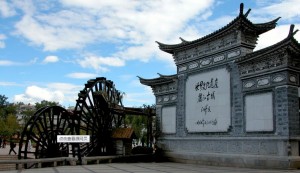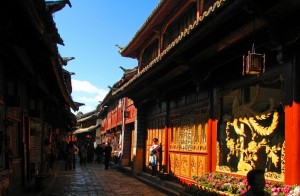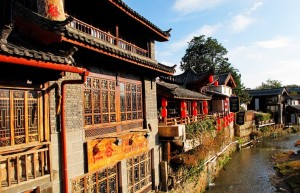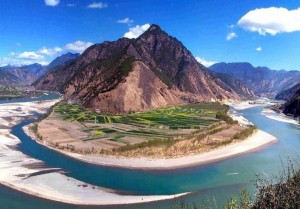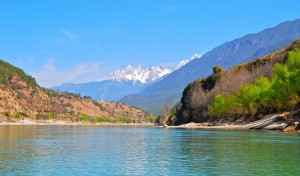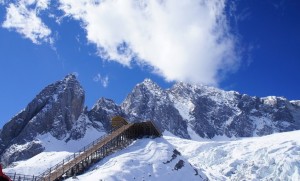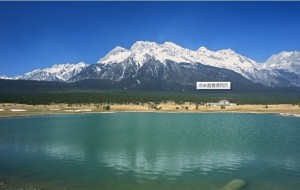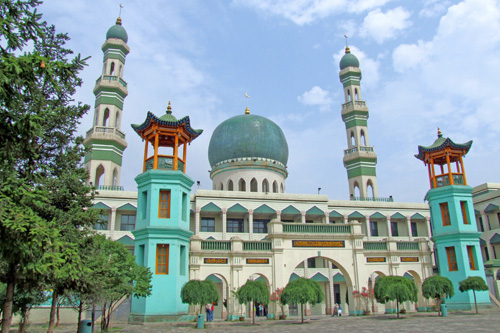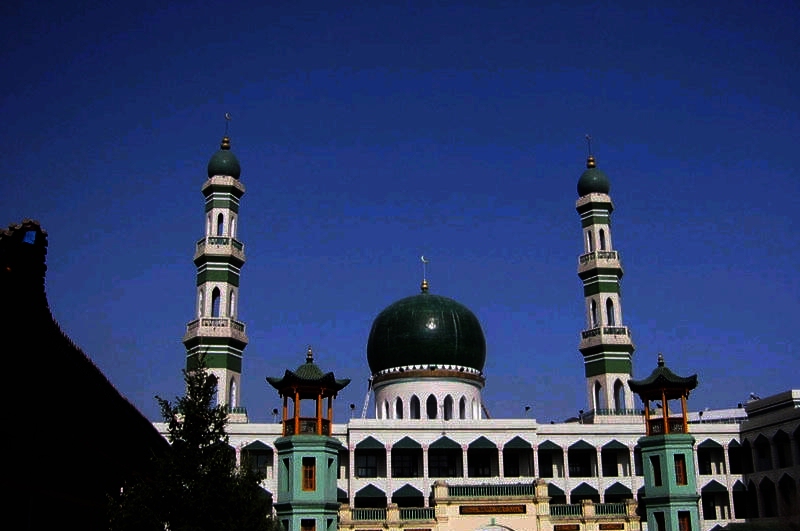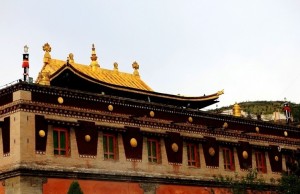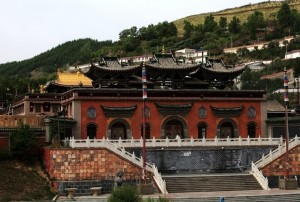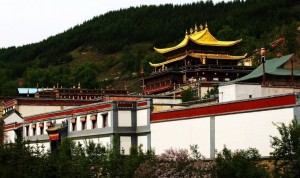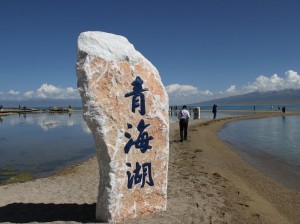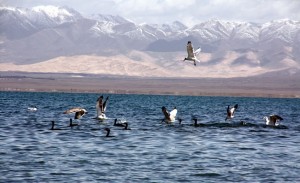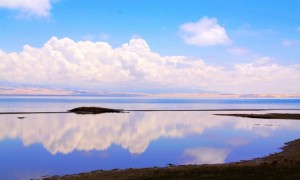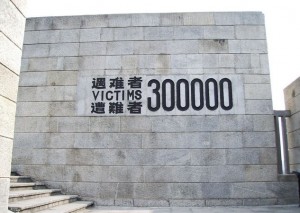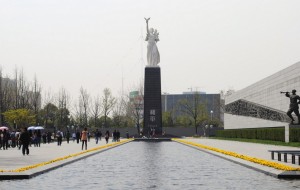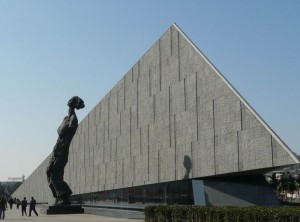 HongYa Cave Folk Customs District is a good place to visit Chongqing Old Street, watch the scenery of the two rivers, and taste local food. HongYa Cave Commercial Street is located in Cangbai Road, Yuzhong District, the riverside area where the Yangtze River and the Jialing River meet. The main building is the “stilted building” with traditional architectural features of Chongqing, and it is built along the river and along the mountain.
HongYa Cave Folk Customs District is a good place to visit Chongqing Old Street, watch the scenery of the two rivers, and taste local food. HongYa Cave Commercial Street is located in Cangbai Road, Yuzhong District, the riverside area where the Yangtze River and the Jialing River meet. The main building is the “stilted building” with traditional architectural features of Chongqing, and it is built along the river and along the mountain.
HongYa Cave Folk Customs District is composed of Zhiyanhe Bar Street, Tiancheng Lane Bayu Style Street, Feast Food Street and Exotic City Balcony. The stilted building through the mountain construction techniques such as tiers, hanging feet, staggers, and cliffs brings this piece of architecture together. At night, it is brightly lit and can be called the special scene in Chongqing.
When you go into the HongYa Cave Folk Customs District, there are dense stilted buildings on both sides. There are 11 floors from Yanjiang Road at the foot to Cangbai Road on the top floor. The content of each floor is different. There are restaurants, snack streets, bars and cafes, and souvenir shops. The top floor is an exotic city balcony, which can be directly reached by elevator. Standing on the viewing platform, you can view the intersection of the two rivers from afar, and the scenery is infinite.
 HongYa Cave Folk Customs District, as a national AAAA tourist scenic area, displays Chongqing traditional folk customs, together with Chaotianmen Square and Jiefangbei Business District, it forms the most popular tourist destination in Chongqing. It condenses the three thousand years of Chongqing’s historical precipitation, integrates the unique folk culture of Chongqing, the architectural culture of mountain dwellings, and the dock culture, becoming a unique and beautiful city business card that has attracted worldwide attention. Today, with its unique cultural connotation and bright architectural features, it has become a landmark scenic spot in Chongqing. Every day, Hongya Cave attracts tourists from all over the world with its unique charm and unrepeatable characteristics.
HongYa Cave Folk Customs District, as a national AAAA tourist scenic area, displays Chongqing traditional folk customs, together with Chaotianmen Square and Jiefangbei Business District, it forms the most popular tourist destination in Chongqing. It condenses the three thousand years of Chongqing’s historical precipitation, integrates the unique folk culture of Chongqing, the architectural culture of mountain dwellings, and the dock culture, becoming a unique and beautiful city business card that has attracted worldwide attention. Today, with its unique cultural connotation and bright architectural features, it has become a landmark scenic spot in Chongqing. Every day, Hongya Cave attracts tourists from all over the world with its unique charm and unrepeatable characteristics.
